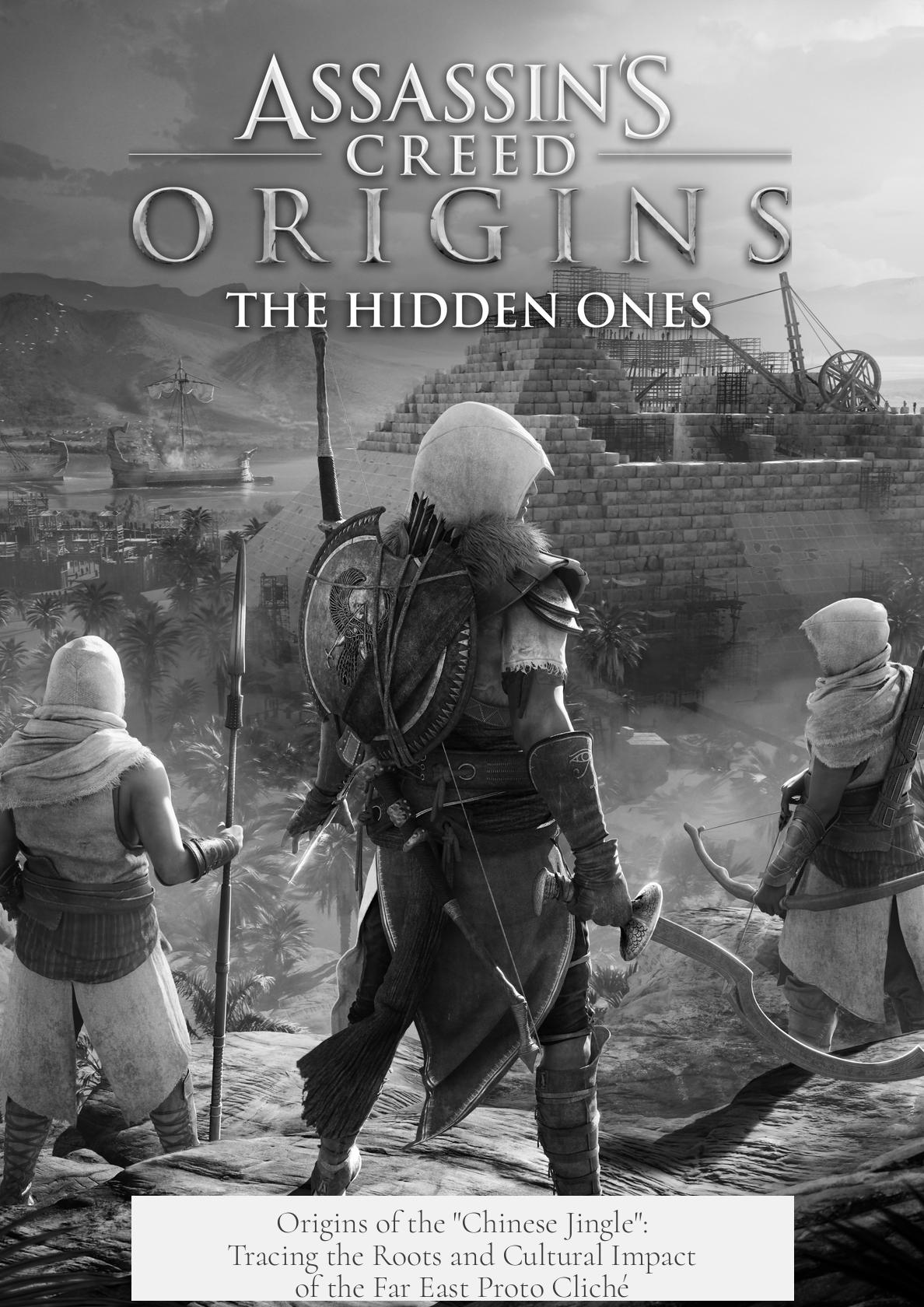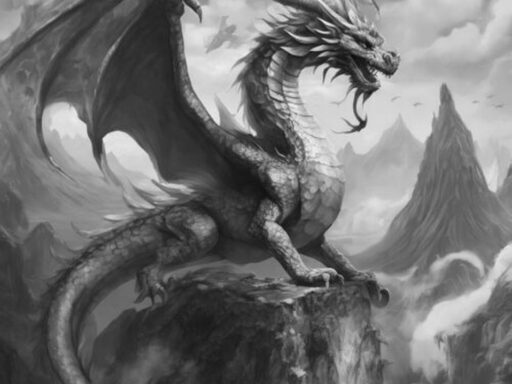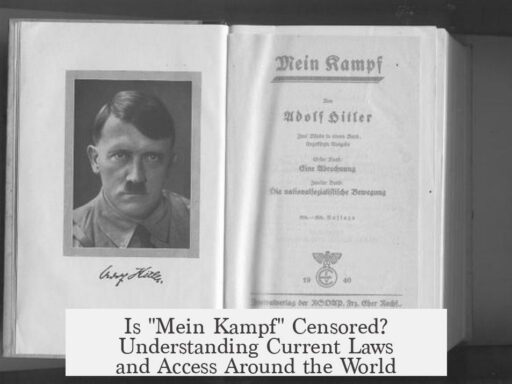The “Chinese jingle” traces back to a musical riff known as the Far East Proto Cliché, characterized by a distinct rhythmic pattern and a pentatonic scale melody. This riff, often simplified and repeated, appears primarily in Western music and media to evoke an “Oriental” or East Asian ambiance.
Its earliest documented roots date back to the mid-19th century. The Grand Chinese Spectacle of Aladdin in 1847 features a piece called “Aladdin Quickstep” that uses this motif. By the late 1800s, it became more defined in works like “Japanese Tone Picture” (1881) and “An Afternoon in Midway Plaisance” (1893). By the early 1900s, pieces such as “Mamma’s China Twins” or “Chinese Lullaby” solidified its presence as a recognizable musical cliché.
Swedish researcher Martin Nilsson, who popularized the term Far East Proto Cliché, describes the riff as starting with four identical notes in a particular rhythm. The following notes generally move within a pentatonic scale. The harmonic style often employs parallel intervals, creating a rhythmic and noisy texture meant to suggest an Oriental sound. This riff mainly appears within contexts or instrumentation intended to evoke East Asian culture.
This musical pattern became a stereotype in Western popular culture. It appears in songs like “Kung Fu Fighting” (1974), “Passage to Bangkok” (1976), and “China Girl” (1977). It also features in video games such as “Super Mario Land” and “Super Punch Out.” Despite its frequent use, the riff carries connotations of cultural caricature and has been called out as a form of racial stereotyping, evident in older media like the 1935 Betty Boop cartoons and parts of “The Aristocats.”
Historically called the “Oriental riff” or “Chinaman lick,” these names have fallen out of favor due to their offensive nature. Today, scholars and musicians prefer “Far East Proto Cliché” to acknowledge the musical motif without perpetuating stereotypes.
- The riff dates back to at least 1847 in Western musical theatre.
- Characterized by a repeated four-note rhythm followed by pentatonic movement.
- Popularized in Western media to evoke stereotypical East Asian themes.
- Often harmonized with parallel intervals for a distinctive sound.
- Now recognized as a musical stereotype with problematic racial implications.
Where Did the “Chinese Jingle” Come From? Unpacking the Origins of the Far East Proto Cliché
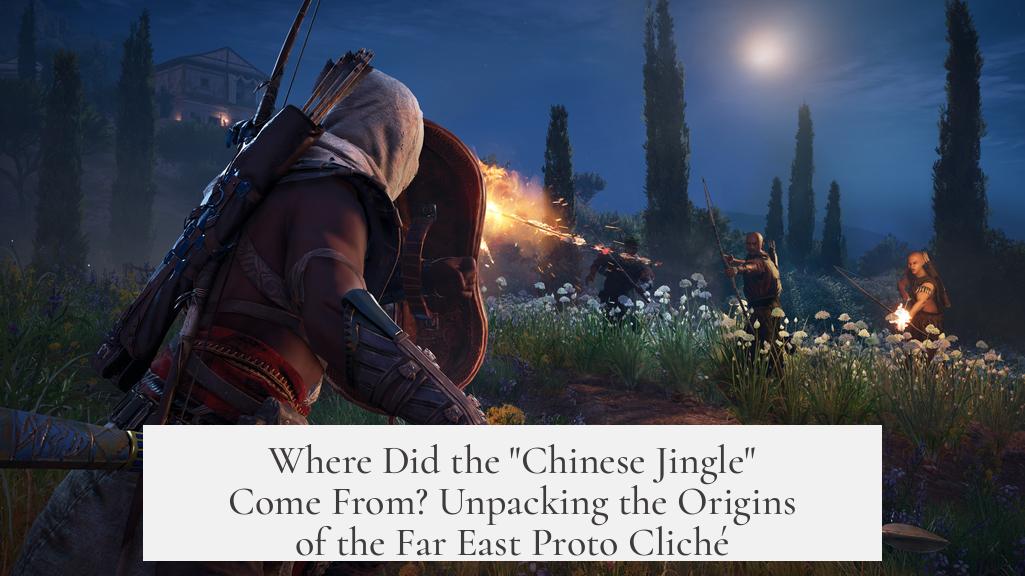
If you’ve ever hummed along to a certain catchy tune vaguely associated with East Asia in movies or video games, congratulations—you know the “Chinese jingle.” But where does this motif actually come from? Let’s dig deep into its origins, meaning, and how it became a musical stereotype.
This familiar tune often gets a bad rap for being a simplistic and sometimes offensive shorthand to evoke “the Orient.” It’s officially dubbed by researchers as the Far East Proto Cliché, a name coined to replace older, now unacceptable terms like “Oriental riff” or the frankly outdated “Chinaman lick.” So, what exactly is this riff?
What Is the Far East Proto Cliché?
Swedish music expert Martin Nilsson offers a precise definition. He says it’s a particular melody based on a rhythmic pattern where the first four notes are always the same. These notes dance around a pentatonic scale—a five-note scale pretty common in traditional East Asian music.
But there’s more: It’s often harmonized using parallel intervals—usually parallel fourths or other intervals—to create a distinct pattern. The arrangement produces what you might call a rhythmic buzz or “noisiness.” Importantly, this riff comes to life only when the music is designed to *suggest* the “Orient” to the listener.
A Glimpse Into the Riff’s Early Roots
Hold on, you might ask. Is this some modern concoction? The riff stretches way back in time. Nilsson traces its earliest appearances to the mid-19th century. For example, the 1847 theatrical production The Grand Chinese Spectacle of Aladdin featured a song called Aladdin Quickstep. That’s a pretty early snapshot of the musical idea we now think of as “East Asian” in melody.
From there, it became more codified in pieces like the 1881 Japanese Tone Picture and 1893’s An Afternoon in Midway Plaisance. By the 1900s, the pattern had solid roots in Western musical portrayals of East Asia, showing up in songs such as Mamma’s China Twins (also called Chinese Lullaby).
Why Is This Riff So Pervasive in Popular Culture?
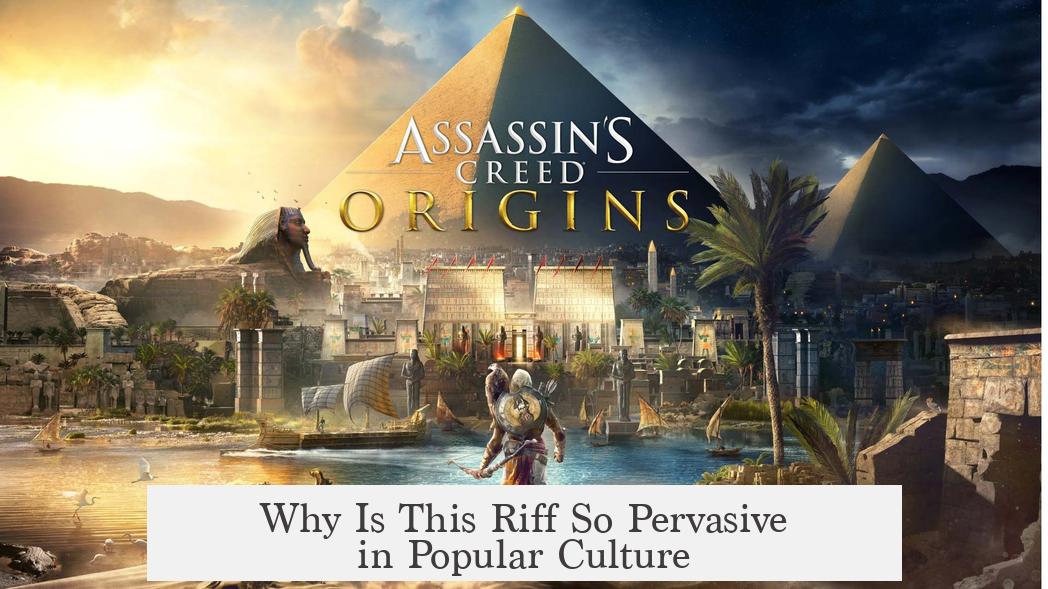
This small set of notes turned into a kind of musical shorthand. It’s slippery in the sense it’s used to instantly ‘flag’ a scene or character as “Asian” to Western audiences. You’ve probably heard it in old cartoons, hits from the 1970s music scene, or even video games.
- In the 1930s, the riff featured in *painfully racist* Betty Boop cartoons. Oops, history’s not always pretty.
- It pops up in the Disney film *The Aristocats*—yes, in the “racist part” folks tend to ignore while still loving the rest.
- Music hits like *Kung Fu Fighting* (1974), *Passage to Bangkok* (1976), and *China Girl* (1977) all sprinkle this riff into their tunes.
- Video games, from *Super Mario Land* to *Super Punch Out*, leaned on it heavily. It’s almost like the riff is the unofficial soundtrack of “Asian settings” in early gaming.
Why did it catch on so much? It’s simple: few notes convey a lot of imagery quickly. That’s the power of cliché—instant recognition. But it’s also a double-edged sword, as it oversimplifies a massive, rich culture into a few repeated musical notes.
Meet Martin Nilsson: The Riff’s Detective
If you want to dive deeper, Nilsson’s research is the gold standard. His term “Far East Proto Cliché” nails the essence more elegantly than outdated names. He maintained an old site loaded with detailed analysis and examples—take a look if you crave a scholarly deep-dive.
Nilsson isn’t just naming the riff; he unpacks its musical DNA, highlighting how rhythm, scale, harmony, and cultural context fuse. This riff isn’t just a tune; it’s a stereotype wrapped in notes.
How Should We Feel About the Chinese Jingle Today?
That’s a tricky question. The riff is undeniably catchy and historically significant. But context matters. When repeated without nuance, it perpetuates stereotypes and flattens complex cultural identities into soundbites.
However, knowing its history lets creators and listeners be more mindful. It’s possible to recognize the riff’s allure while also calling out when it crosses into lazy clichés or offensive tropes.
For creators, a good start is to ask: “Am I using this riff to *evoke* a place or idea respectfully? Or am I resorting to an overused shorthand that might offend?” Awareness shifts the riff from careless stereotype to thoughtful musical reference.
Final Thoughts
The “Chinese jingle” is more than a peppy melody. It’s a cultural and musical artifact with roots stretching back over 170 years. From early theatrical pieces to cartoons, pop songs, and video games, this riff has been a constant, evolving presence.
Understanding where it comes from enriches how we hear it. Next time you encounter the riff, ask yourself: Is it serving the story or just ticking a box for “Asian-ness”? That question alone can change how we listen and create music inspired by different cultures.
So, where did the “Chinese jingle” come from? It’s a 19th-century Western invention to represent East Asia musically, codified through theater, music, and popular culture into a stereotype we now call the Far East Proto Cliché.
And now, you’re in on the secret behind those iconic five notes. Next time your game drops that riff, you’ll know there’s a story playing between the beats.

